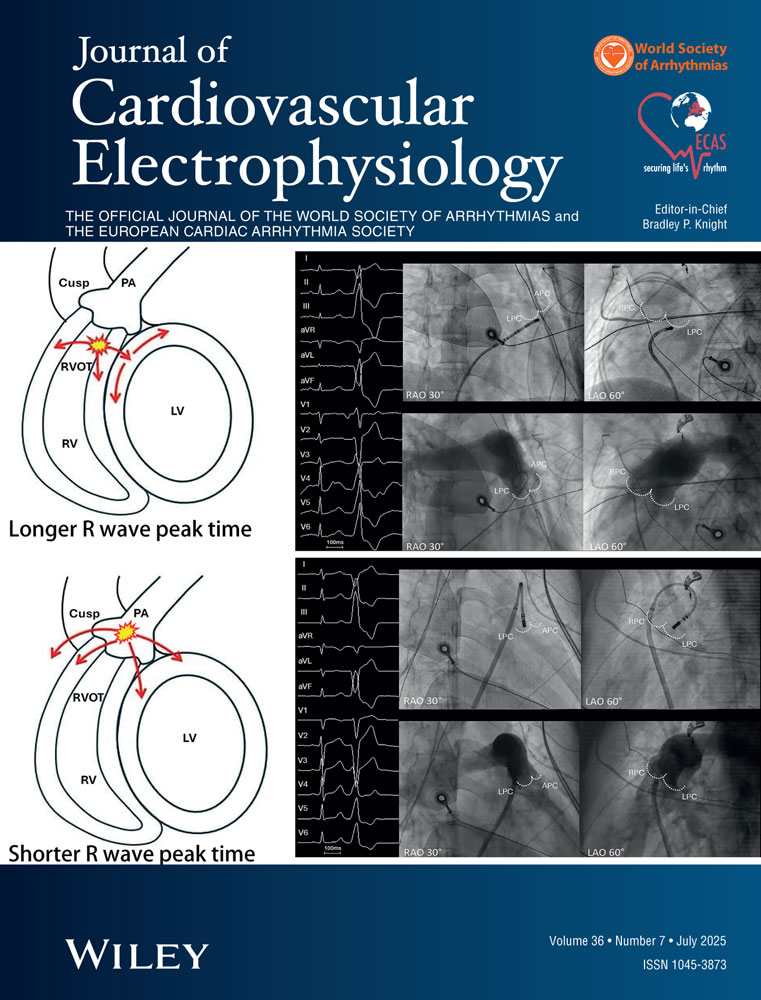Persistence of Single Echo Beat Inducibility After Selective Ablation of the Slow Pathway in Patients with Atrioventricular Nodal Reentrant Tachycardia:
Relationship to the Functional Properties of the Atrioventricular Node and Clinical Implications
Abstract
Residual Slow Pathway Conduction Effects on AVN Function. Introduction: Residual slow pathway conduction with or without reentrant echo beats has been reported in 25% to 30% of patients undergoing ablation for AV nodal reentrant tachycardia (AVNRT).
Methods and Results: Fifty-eight consecutive patients (aged 45 ± 12 years) with slow-fast AVNRT underwent radiofrequency catheter ablation of the slow AV nodal pathway (SP). Residual slow-fast echo beat was documented in 21 (36%) of 58 patients (group A). The pre-and postablation AH intervals triggering the echo beats were similar (346 ± 8 msec vs 352 ± 6 msec, P = NS), as were the pre-and postablation echo zones (55 ± 6 msec vs 52 ± 5 msec, P = NS) and functional refractory period of the SP. A consistent prolongation of the AV nodal effective refractory period (AVN-ERP; from 265 ± 28 msec to 340 ± 50 msec, P < 0.001) and the Wenckebach cycle length (WBCL; from 298 ± 41 msec to 438 ± 43 msec, P < 0.001) was observed in all patients with abolition of SP conduction (group B). In group A patients, the prolongation of WBCL was less (285 ± 33 msec preablation, and 334 ± 41 msec postablation, P < 0.001). Additional pulses abolished the residual echo in 16 of 21 patients, and further prolongation of the AVN-ERP and WBCL comparable to those found in patients without a residual echo beat was observed. During 19 ± 8 months follow-up, no patient had clinical recurrence of AVNRT.
Conclusion: Residual single echo beat after SP ablation for AVNRT reflects the persistence of some portion of the SP with unchanged functional conduction properties whose prognostic significance is uncertain. A consistent increase of WBCL can be a reliable marker of complete abolition of slow pathway conduction and termination of AVNRT.




